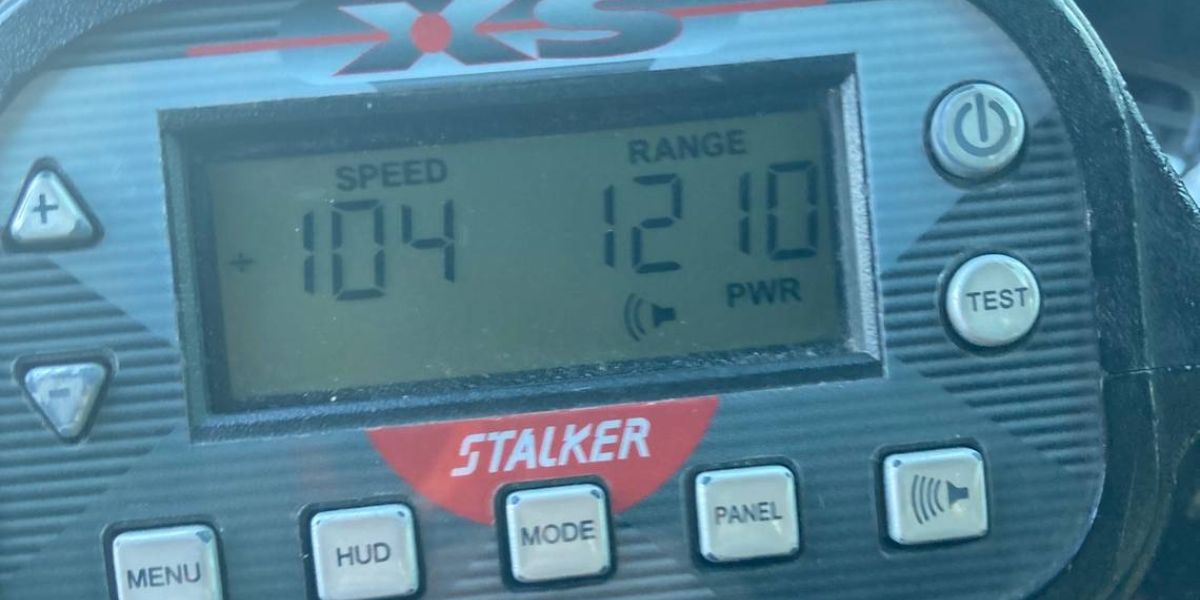According to a news release from the Idaho Department of Fish and Game, avian flu outbreaks are killing thousands of wild birds in the Treasure Valley.
On Wednesday, the agency announced that it had lately received reports of numerous dead birds, many of them geese, near Fort Boise, Lake Lowell, and Parma. Staff are cleaning up bird carcasses in some of the places with the highest concentrations of mortality, and the numbers are anticipated to be in the thousands, according to Stacey Dauwalter, coordinator of the Fish and Game health program, who made the announcement.
According to Dauwalter, the best way to lessen the effects of avian influenza is to remove the diseased carcasses.
Bird flu outbreaks have occurred often in the United States in recent years, including in dairies at the beginning of the year and backyard poultry flocks in 2022. As recently as two weeks ago, three dairies in Idaho, including one in Boise, were placed under state quarantine due to avian flu outbreaks, according to earlier Idaho Statesman reporting.
The common type, H5N1, was initially discovered in the 1990s and is regarded as highly pathogenic, which means it is extremely contagious and capable of causing serious sickness, according to the U.S. Centers for Disease Control and Prevention. In addition to people, the strain has been found in dogs, cats, livestock, and a number of animal species, including Idaho skunks.
Experts urge hunters to watch for bird flu
“Die-offs like the ones affecting the Treasure Valley are occurring all over the U.S., primarily affecting light geese species with light-colored heads like snow, blue, and Ross’ geese,” stated Jeff Knetter, coordinator of migratory game birds for Fish and Game, in a news release.
According to Knetter, the mass deaths won’t affect the bird numbers in the long run.
He stated in the news release that the affected number of birds is a very small percentage of the total population, which is over a million birds.
According to Fish and Game authorities, bird flu mostly affects ducks and geese. They also pointed out that in recent years, numerous migrating waterfowl species have made Southwest Idaho an important stopover. Tens of thousands of the migratory species have occasionally been sighted in the area.
Live animals exhibiting symptoms of illness, including lethargy, gasping for air, coughing, sneezing, and nasal discharge, should be left alone, according to the agency. Dead birds should only be handled with a mask and disposable gloves. They should also be double-bagged and thrown in the garbage.
Fish and Game asked people to use its online reporting form to report any observations of sick or dead animals.
The Southwest Region’s migratory bird shooting seasons began in the fall and continue until March for some species. The Fish and Game website has all the season’s rules and information.
Hunters were directed by Fish and Game to another U.S. Department of Agriculture website. Wearing disposable gloves and using specialized instruments that are kept away from chickens and other animals, the federal agency advises treating harvested birds in the field. Additionally, hunters are advised to double-bag offal and feathers, use rubber shoes that can be cleaned and sanitized before being used elsewhere, or use a special pair of shoes when dressing.
After handling any wild birds, the USDA advises cleaning hands right away with soap and water or an alcohol-based sanitizer.
Bird flu poses risk to people, pets
Despite the CDC’s statement that human-to-bird flu transmissions are uncommon, dozens of instances have been reported. Former St. Luke’s Health System CEO Dr. David Pate told the Statesman last month that it’s possible that cases among farmworkers who have direct contact with diseased cattle or poultry have gone unreported.
The Idaho Department of Health and Welfare reports that no human cases of avian flu have been reported in Idaho. However, the state has less stringent safety laws than others, and employee testing is optional.
For both humans and animals, there is presently no vaccination or specific therapy for bird flu.Human bird flu symptoms, according to the Cleveland Clinic, are comparable to those of other flu strains and include fever, exhaustion, coughing, body pains, runny nose, nausea, and vomiting. It may result in respiratory failure, pneumonia, or other severe side effects.
According to the hospital, ill patients who have had intimate contact with birds should inform medical staff so they can get tested for bird flu. Antiviral drugs used for other flu strains can be utilized as treatments.
Pets are also vulnerable, especially if they come into touch with contaminated animals or wild birds. Wild birds should be kept away from backyard poultry since they provide the greatest risk.
The American Veterinary Medical Association states that it is quite uncommon for chickens to recover from the highly contagious illness.On its website, the group offers prevention tips, such as keeping cats indoors and identifying the disease in different kinds.
The Idaho Statesman, 2024. Go to www.visidahostatesman.com. Tribune Content Agency, LLC is the distributor.
Note: Every piece of content is rigorously reviewed by our team of experienced writers and editors to ensure its accuracy. Our writers use credible sources and adhere to strict fact-checking protocols to verify all claims and data before publication. If an error is identified, we promptly correct it and strive for transparency in all updates, feel free to reach out to us via email. We appreciate your trust and support!







